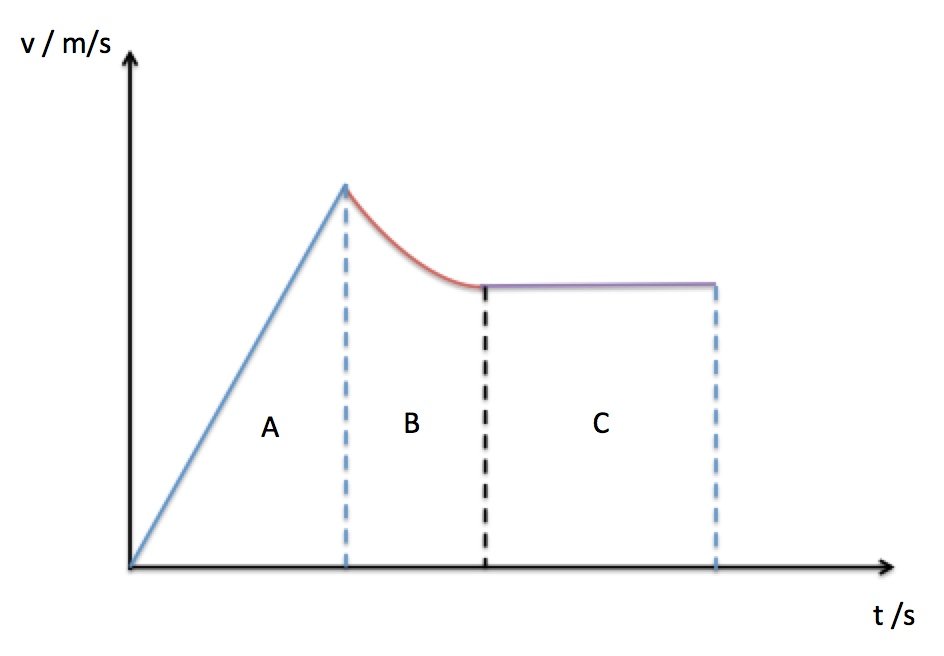Important Facts That You Must Know First!
- Practice drawing a free body diagram to analyse the forces acting on a body or a system will help you to get better at this topic.
- Action – reaction forces are always acting on different bodies. Common misunderstanding is student takes that the weight of an object and the normal reaction force acting on the object are action-reaction forces. That’s totally wrong!
- When identifying the direction of friction, you must look at the point where the two surfaces are in contact. Friction is always parallel to the surface of contact [Try drawing the friction between a slanted ladder leaning against a vertical wall]. When you do that then you realise that the definition of friction being a force that opposes the motion between two objects in contact will hold true. You need to familiarise yourself with the difference between active wheel and passive wheel [bicycle is a good illustration].
- Friction between two objects does not depend on the amount of surface area in contact and temperature.
- Do you how to define tension? Tension is a pulling force exerted by a string when it is taut. Direction of tension is always parallel to the string.
- Air resistance is a frictional force that is experienced by an object moving through air.
- When an object is under the influence of balanced forces, it means that the resultant force acting on the object is zero. Alert! zero resultant force/ balanced forces does not mean that there are NO forces acting on the object. They just simplify cancel each other out.
- When the resultant force on an object is zero, the forces acting on it must form a closed polygon.
Commonly Seen Questions
- A metal ball of weight 2N is dropped from a certain height h above the water surface of a water tank. The velocity-time graph is shown below.

- Explain why the graph is a straight line for section A.
The gradient of velocity-time graph is the acceleration. At the beginning, the effect of air resistance is still not so significant such that the ball is mostly under the influence of gravity. Since acceleration of free fall, g, near the earth surface is constant, the graph is a straight line.
-
- Explain, in terms of forces acting on the metal ball, why it reaches a constant speed.
Upon impact, metal ball experiences a large resistive force due to water. The resistive force is larger than its weight making the ball under the influence of a resultant force opposing its motion. The ball decelerates. As its speed decreases, the magnitude of the resistive force also decreases. As a result, the magnitude of the upward resultant force is decreasing. The ball is undergoing decreasing deceleration. Eventually, the magnitudes of the resistive force and the weight are equal. Now the resultant force on the ball is zero, thus no acceleration. The ball has reached a constant speed.
NOTE: This is the reverse of the object starting at rest then falls through fluids. In this context, the initial direction of the resultant force is in the direction of the weight which means the object will continue to accelerate first. As the object speeds up, the resistive force becomes larger and that causes the magnitude of the downward resultant force to reduce. Eventually, when the magnitudes of the resistive force and the weight are equal, the resultant force on the object is zero, thus no acceleration. The object has reached a terminal velocity. You can refer to keywords on kinematic chapter to see why I do not use constant speed here to replace terminal velocity.
